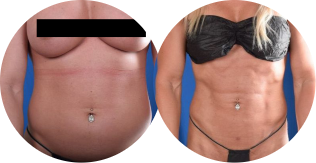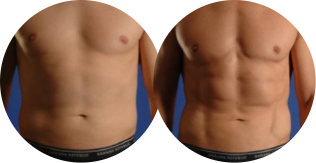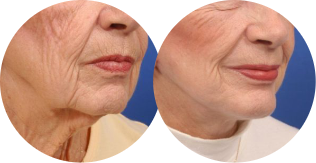4 Types Of Liposuction Technology
1. Suction-Assisted Liposuction (SAL): Advantages are that it is inexpensive; disadvantages are that it is very difficult to do Hi Def Body Sculpting or “Skin-Tightening” with. SAL also traumatizes the connective tissues and small blood vessels and lymphatics in fat.
2. Power-Assisted Liposuction (PAL): Is basically Powered Suction-Assisted Liposuction; with all of the same advantages and disadvantages as SAL.
3. LASER-Assisted Liposuction (Smartlipo): Advantages are that is is much easier to do Hi Def Body Sculpting or “Skin-Tightening” with. Like SAL, though, SAL also traumatizes the connective tissues and small blood vessels and lymphatics in fat.
4. Ultrasound-Assisted Liposuction (VASER): Advantages are that is is much easier to do Hi Def Body Sculpting or “Skin-Tightening” with. Unlike SAL and LAL (Smartlipo) in has minimal effect on the connective tissues and small blood vessels and lymphatics in fat. This results in faster recover, with less pain and bruising.
Video Transcript:
The 1st “T” of Liposuction – “Technology”
The first of the four “T”s I’d like to talk to you about today are that of Technology.
Traditional liposuction was invented in the early 1970s. In fact, it didn’t change much until around the turn of the century, around 2001-2002. For some 30 years, surgeons essentially were relegated to using this device, which was a giant first step in the 1970s. And what this device does when connected to a suction machine, which creates negative pressure, allows for, as you can see here, fat to be pulled into the hole and then with that suction you would rip the fat out. It’d be the equivalent of, if you think of grapes on a vine in a vineyard, it’d be the equivalent of ripping the grapes out of the ground by ripping the vine and its roots out of the ground. It was a first good step. It wasn’t very selective in that it not only removed the fat, but it removed a lot of the connective tissue, small blood vessels, etc., and made the recovery a little bit longer, a little big bloodier, and pain a little bit more as well, as well as increased risk of irregularities.
There’s also something called Power Assisted Liposuction, which is essentially this same technology, but hooked to a machine where it goes very fast, and in my opinion, that technology only serves to do the same thing but faster.
The last two technologies I’d like to talk to you about are that of Laser Lipolysis, mainly the SmartLipo. It uses a very fine fiber, you can see here. This fiber actually blasts the fat. For those of us, I’m probably gonna date myself, remember asteroids, but you essentially go in through a small incision and blasts the fat. Because its fiber’s so small, it doesn’t traumatize the surrounding tissues near as much as traditional liposuction. But because it’s not specific, it still fires and cuts some of those blood vessels, connective tissue, etc. One of the advantages of this one, it does cut those small blood vessels, it cauterizes them, there’s less bleeding which leaves us to the technology, I think, is the most advanced on the market right now, and that would be the Vaser.
The Vaser actually uses these rings, there’s five of them. This is actually a probe by design for sound surgical that advanced the Vaser technology and what this does is that essentially, if you think again of the fat as grapes on the vine, this shakes the grapes off the vine. It shakes the grapes off the vine leaving the vine intact and the roots intact, namely your connective tissue, those small blood vessels, etc. So this was a giant leap forward in technology in that we are able to be more aggressive. We are able to cause less contour irregularities. We’re actually able to cause less bleeding, faster recovery because of this technology. And don’t worry, unlike the grapes on the vine, the grapes don’t grow back. Your fat doesn’t grow back after they’ve been shaken off the tree.
I’ve also to get that fat out advanced the technology as well. This is what we call the Mallard atraumatic cannula, and it’s a specific design to match the selectivity of the Vaser and leave all that small blood vessels, nerves, and connective tissue behind as well, leaving what I believe is superior and a more aggressive result that you could obtain with the Vaser over these other technologies.





